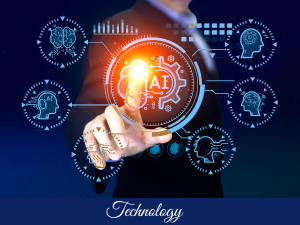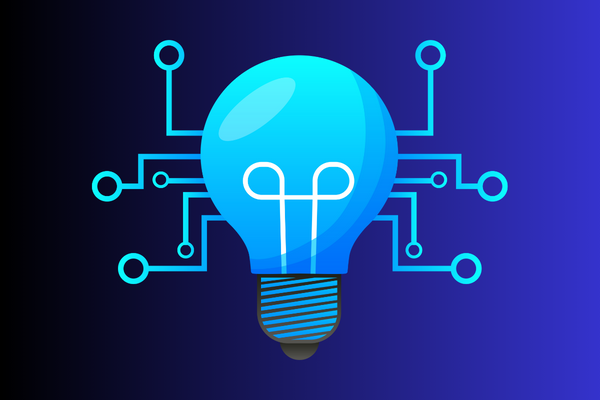
In the dynamic realm of technology, the pace of innovation continues to accelerate, ushering in a wave of transformative trends that promise to reshape the way we live, work, and connect. As we embark on the journey into 2023, it becomes imperative to not only keep pace with these advancements but to anticipate and harness their potential. Let’s delve into the intricacies of the top technology trends poised to leave an indelible mark in the coming year.
Artificial Intelligence (AI)
Artificial intelligence (AI) is undoubtedly one of the most pervasive and transformative technologies of our time. Its impact is already being felt across a wide range of industries, from healthcare to finance to transportation. In 2023, AI is expected to become even more ubiquitous, seamlessly integrating into our daily lives and revolutionizing various aspects of our existence.
Quantum Computing
Quantum computing a revolutionary technology that harnesses the principles of quantum mechanics to solve complex problems, is rapidly gaining traction. While still in its early stages, quantum computing holds immense potential to revolutionize fields such as drug discovery, materials science, and financial modeling. As research and development continue, quantum computing is poised to make significant breakthroughs in the coming years.
Extended Reality (XR) Redefining Human-Computer Interaction
Extended reality (XR), encompassing augmented reality (AR), virtual reality (VR), and mixed reality (MR), is transforming the way we interact with the digital world. AR overlays digital information onto the real world, VR immerses users in a simulated environment, and MR blends the two. In 2023, XR is expected to gain wider adoption, with applications in gaming, education, training, and even healthcare.
Internet of Things (IoT) and Edge Computing
The Internet of Things (IoT) is connecting billions of devices, creating a vast network of interconnected smart devices. Edge computing, which brings processing and storage closer to the data source, is becoming crucial for IoT applications that require low latency or high bandwidth. In 2023, the IoT is expected to continue its rapid growth, impact transportation, manufacturing, healthcare, and various other sectors.
Natural Language Processing (NLP)
Natural language processing (NLP) is enabling computers to understand and process human language with increasing sophistication. This is leading to advancements in machine translation, chatbots, virtual assistants, and other language-based applications.
Digital Twins-Replicating the Physical World in the Digital Real
These are virtual models of physical objects that are using to simulate and test different scenarios. Digital twins are gaining traction in product development, manufacturing, and maintenance, as they allow for better understanding and optimization of complex systems.
Low-Code or No-Code AI
Low-code or no-code AI platforms are making it easier for people without coding experience to develop AI applications. This is democratizing AI and opening up its potential to a wider range of individuals and businesses. In 2023, we can expect to see an increase in AI-powered solutions developed by non-traditional AI practitioners.
AI Ethics-Addressing the Societal Implications of AI
As AI becomes more powerful, it is crucial to consider the ethical implications of its use. This includes issues such as bias, transparency, and accountability. In 2023, there will be a growing emphasis on developing AI systems that are fair, unbiased, and responsible.
Digitally Immune Systems-Protecting Against Cyber Threats
In interconnected world, cyber security is paramount. Digitally immune systems, a type of security system that can detect, prevent, and recover from cyber-attacks, are becoming increasingly important. As cyber threats continue to evolve, organizations must adopt robust digitally immune systems to protect their digital assets and data.
Ubiquitous Computing: Technology Blending into Everyday Life
The reality of ubiquitous computing, where computers are embedding in everyday objects, making them invisible to users, is becoming apparent. This is leading to the development of smart homes, wearable technology, and other innovative applications that seamlessly integrate technology into our daily lives.
These ten technology trends highlight the transformative power of technology and its potential to reshape our world. As we move forward, it is essential to stay informed about these trends and embrace the opportunities they present while carefully considering their ethical and societal implications. By understanding and harnessing the power of technology, we can create a future that is not only innovative and efficient but also
